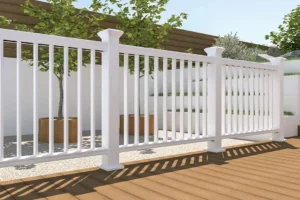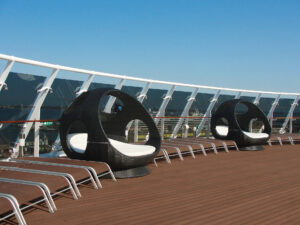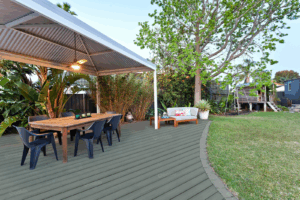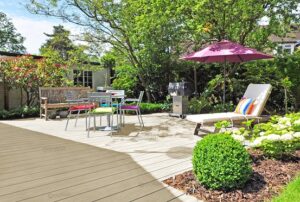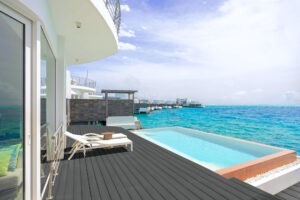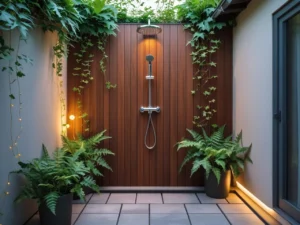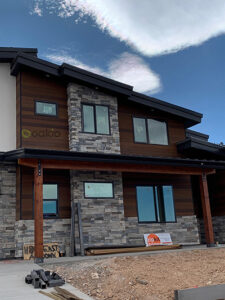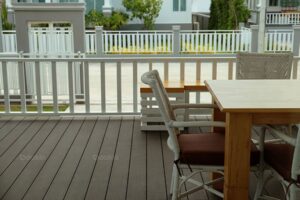Is WPC Outdoor Furniture the Future of Public Seating Design?
As cities evolve and green infrastructure becomes a priority, public seating and table design must adapt to the changing needs of both people and the planet. One material at the forefront of this transition is WPC (Wood-Plastic Composite) — an innovative material that combines the natural appearance of wood with the durability of plastic. This article explores how WPC outdoor furniture is redefining public spaces through smart, sustainable design.
The Benefits of WPC in Outdoor Furniture
WPC, made from a blend of wood fiber and plastic, offers numerous advantages for outdoor applications. It maintains the beauty of natural wood grain while resisting many of the elements that typically degrade wooden structures. For public furniture such as benches and tables, this means:
- Waterproof and moisture-resistant: WPC furniture does not warp or rot like natural wood when exposed to rain.
- Anti-mold and insect-resistant: A major benefit in outdoor and garden environments.
- Durable and long-lasting: It holds up under heavy use and changing weather conditions.
- Low maintenance: Unlike wood, WPC does not need to be sealed, stained, or painted regularly.
These benefits make WPC the ideal material for public seating solutions in parks, campuses, urban centers, and recreational areas.
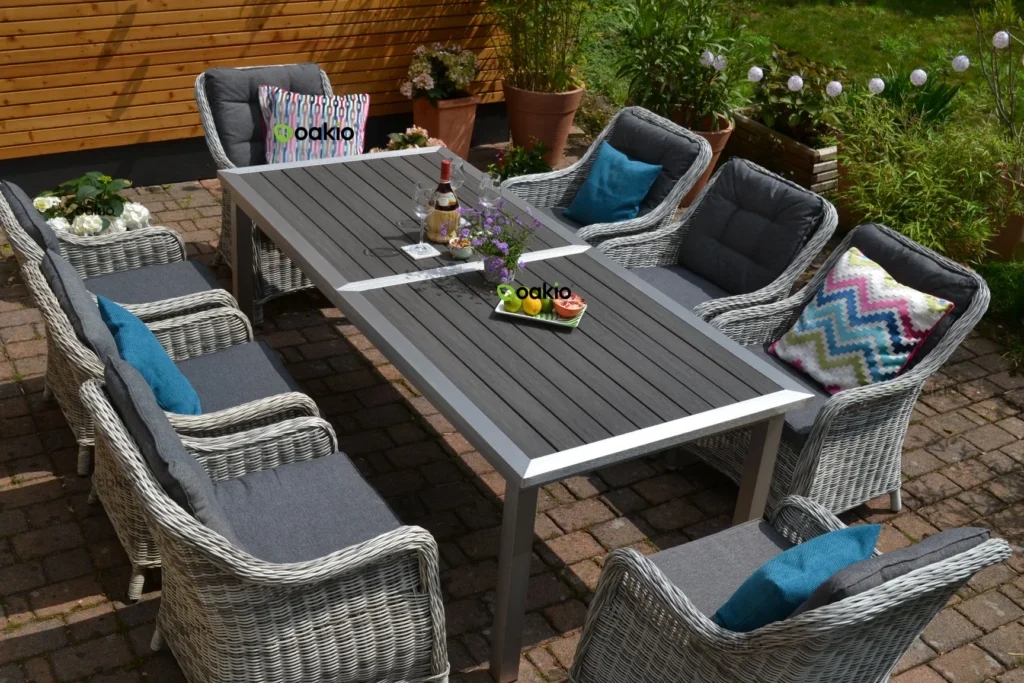
Innovative Designs in Public WPC Seating
Beyond materials, today’s WPC public seating is being reimagined with user-centric, weather-responsive designs. One such design features square-shaped bench modules with a flattened cylindrical seat surface constructed from interlocking WPC slats. The surface is not just visually appealing—it’s highly functional.
A standout feature is the integration of solar-powered technology. Each side of the bench includes compact solar panel boxes, which collect energy to power a mechanism that rotates the seat surface like a tank tread. On rainy days, when the seat becomes wet, the user can simply rotate the surface, bringing a dry area into place. This smart solution instantly enhances comfort and usability without manual cleaning or waiting for the sun.
Sustainable Urban Design: Clean Energy Meets Greenery
Modern urban furniture must go beyond function—it should enhance public awareness of sustainability. These WPC benches do just that. By incorporating solar energy, they reduce dependency on the electrical grid and emphasize clean energy in everyday public life.
Additionally, the design includes triangular planter tables between benches. These not only provide aesthetic appeal but also support biodiversity and improve the microclimate of the space. The tables’ shape complements the square benches, forming right-angle modules that are visually balanced and space-efficient.
Outdoor Tables that Invite Interaction
Accompanying the benches are matching WPC public tables designed for multiple uses—from casual dining to outdoor coworking. Their modular design encourages flexible space planning, allowing them to be arranged in various configurations that suit the surrounding environment and user needs.
When placed strategically, these WPC table and seating units create semi-enclosed spaces that foster social interaction without disrupting the natural flow of foot traffic. In larger installations, trees or other landscaping features can be added to the center of these arrangements, promoting shade and environmental integration.
Why WPC Outdoor Furniture Deserves Wider Adoption
The visual texture and wood-like appearance of WPC create a warm and welcoming feeling, helping it blend seamlessly with green spaces. Unlike metal or plastic alternatives, WPC offers a softer, more natural aesthetic while maintaining excellent performance.
Public installations also benefit from WPC’s ease of installation and low lifetime costs. The material is highly adaptable, allowing for customized shapes and creative expressions in urban and garden design. For governments and institutions looking to minimize long-term maintenance and environmental impact, WPC represents a compelling investment.
In addition to durability and design flexibility, WPC helps reduce reliance on natural wood, preserving forests while utilizing recycled plant fibers and plastics. As more cities embrace sustainable design practices, WPC outdoor furniture stands out as a smart solution for eco-conscious development.
Conclusion: A New Era for Public Furniture
WPC outdoor furniture isn’t just a trend—it’s a reflection of where urban design is headed. With its blend of sustainability, functionality, and innovation, it offers a new blueprint for public spaces that are both environmentally responsible and user-friendly.
From solar-powered rotating benches to integrated planters and modular tables, WPC-based designs are transforming the way people interact with public spaces. As demand grows for green, durable, and low-maintenance urban infrastructure, WPC outdoor furniture is positioned to become a leading choice for planners, designers, and communities around the world.
Trending Reading
What Are the Differences Between the WPC Board and PVC Board?
[2025 Update] How Long Does WPC Decking Last?
